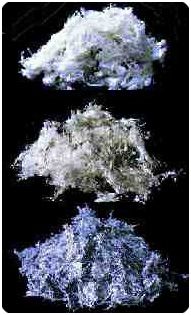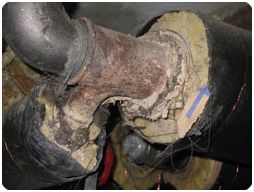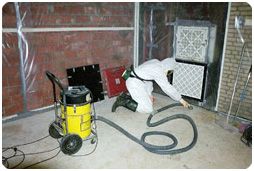Finding and removing asbestos
The production of asbestos and its products began in the mid-19th century. In fact, asbestos is a mineral belonging to the fibrous silicates (fibrous derivative belonging to the group of serpentine or amphibole minerals). The fibrous serpentine is called chrysotile asbestos. Amphibole asbestos is amosite (grunerite), anthophyllite, actinolite, tremolite and crocidolite (ribecite). By its chemical composition, chrysotile asbestos is a hydrosilicate of magnesium; amphibole asbestos also contains iron, calcium and sodium. Asbestos is fire and weather resistant, a poor conductor of heat, electricity and sound, has relatively high tensile strength, is elastic, resistant to bases and most acids, with a high surface area and good adhesion to reinforcements; and is also, decorative. Thanks to these properties, this material is considered indispensable in many branches of economy. The industry mainly uses chrysotile, crocidolite and amosite asbestos.
Asbestos has also been found in beverages where production filters containing asbestos or water contaminated with asbestos were used.
To determine the pollution of asbestos in the air, an air sample shall be collected from the examined area using a pick-up collector. There are different types of pick-up collectors, but mostly the air will be sucked (for example, using a vacuum pump) through a filter, on which the air pollution settles. The type of filter and its subsequent disposition depends on the method of analysis. For example, in the case of phase-contrast microscopy, membrane filters handled in acetone-triacetin will be used. Asbestos and its types are identified using microscopes and analysers, for which light, raster and transmission electron microscope and x-ray micro-analyser and diffractometer is suitable. Asbestos fibres are identified by their shape, optical properties and chemical composition. Asbestos fibres are difficult to distinguish from several other mineral and organic materials, and therefore the analysis equipment should be selected skilfully.
WORKS EXPECTED:
- identifying the location and type of asbestos
- mapping of the areas of asbestos
- proper removal







